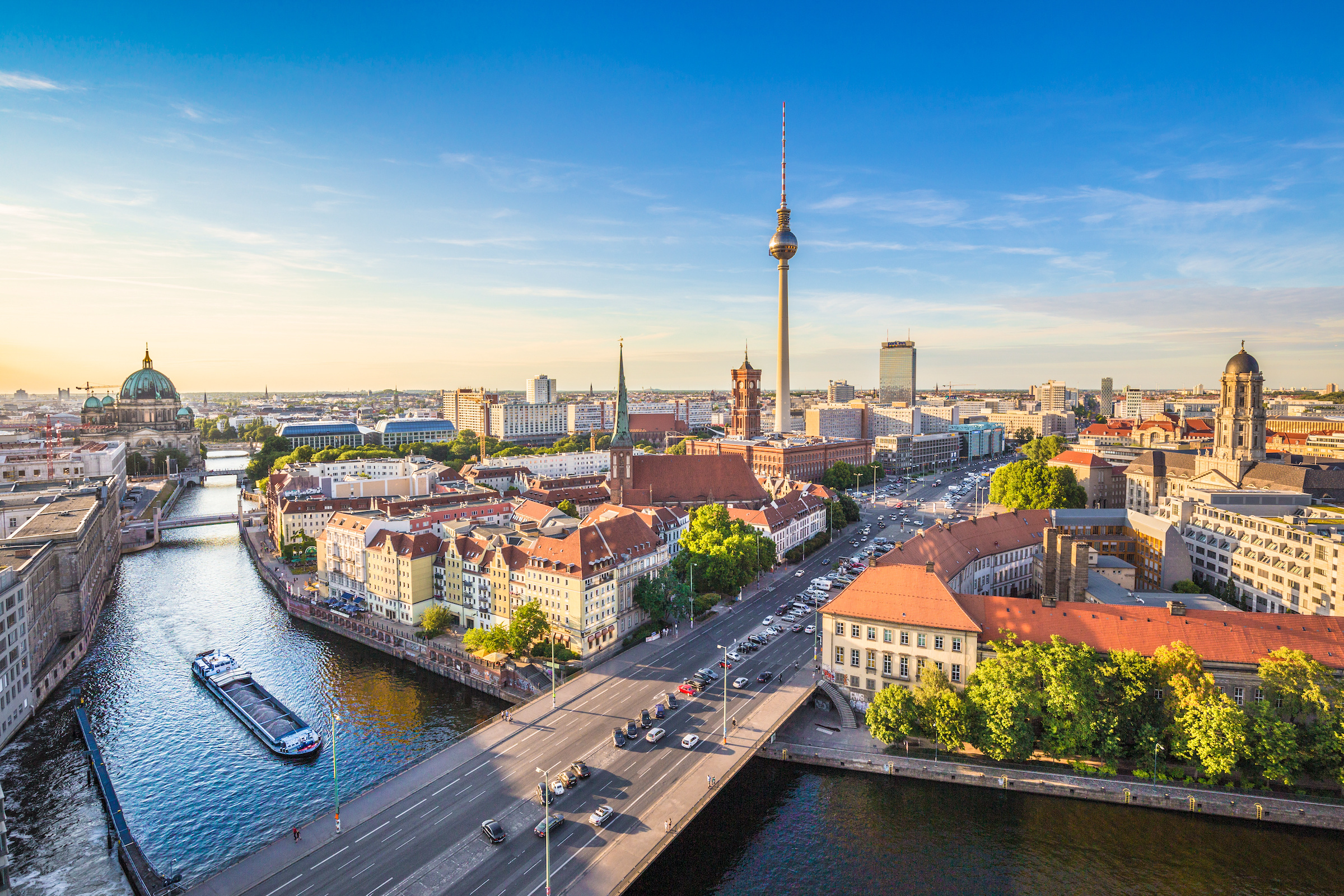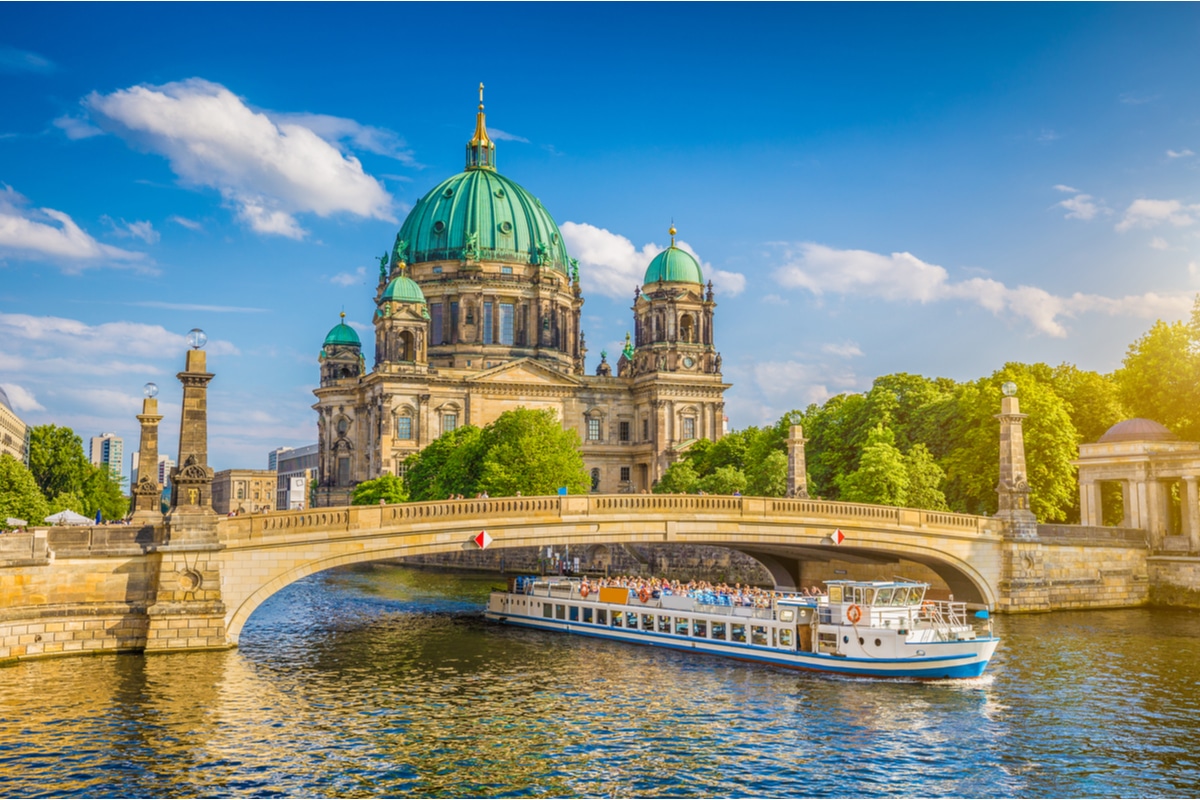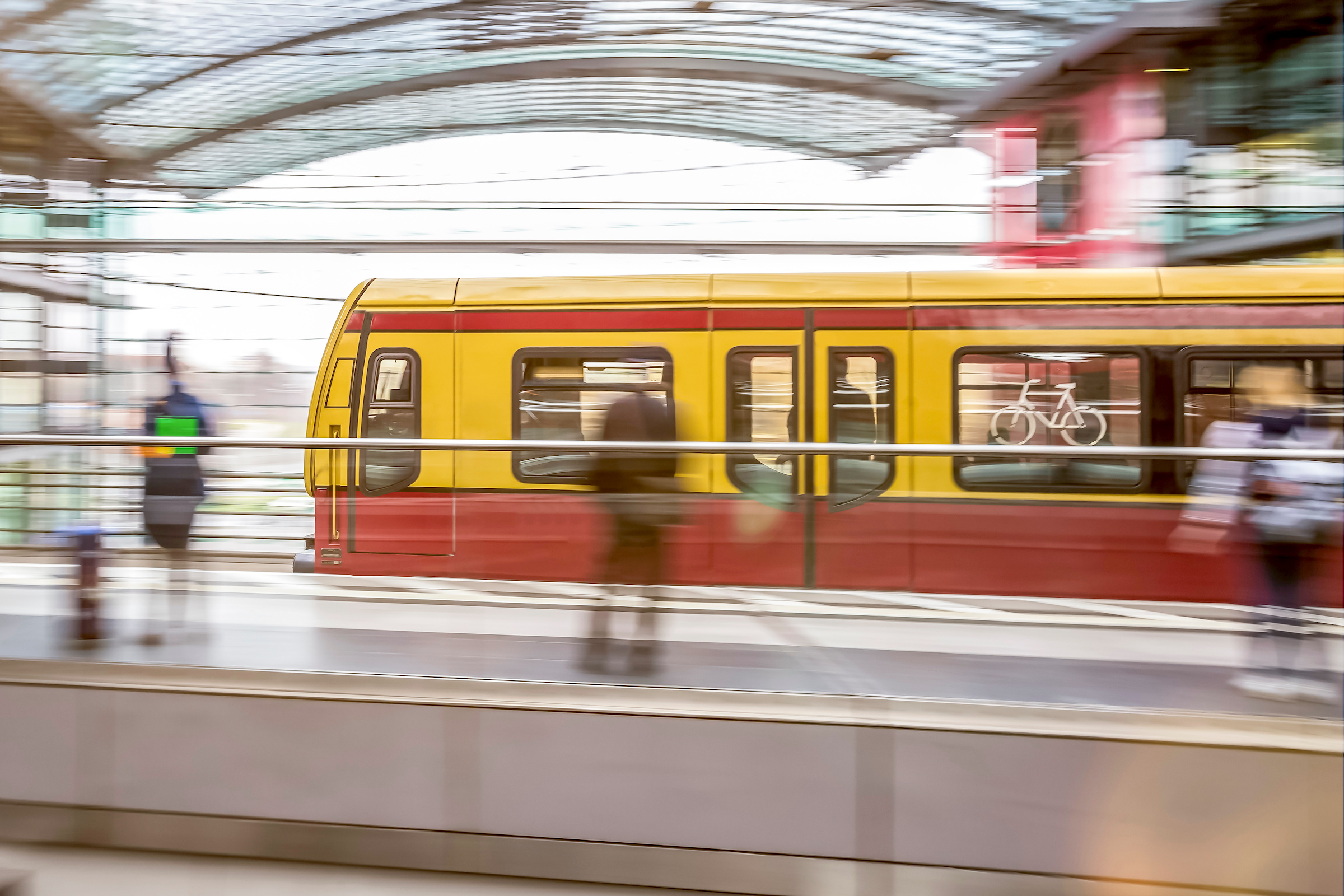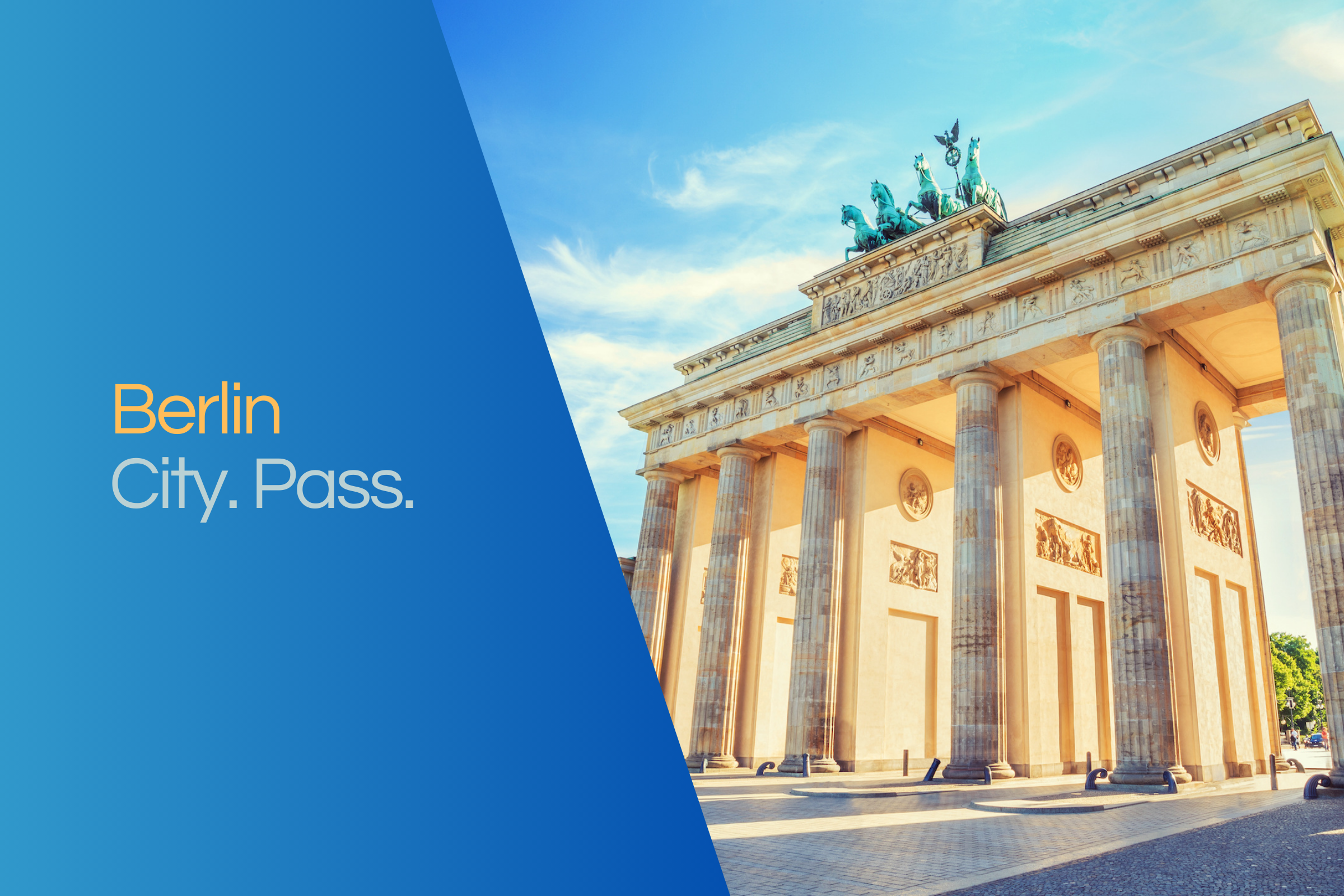Museum Island
The Museum Island is located in the northern part of the Spree Island. Historically, it is located in the center of Berlin and is one of the most important museum complexes in Berlin and Europe. The Prussian kings commissioned the construction of the various museums between 1830 and 1930. The museum ensemble was declared a UNESCO World Heritage Site in 1999. The most important exhibition sites are the Altes Museum, the Neues Museum, the Bode Museum, the Nationalgalerie and the Pergamonmuseum. Over 6,000 years of art and cultural history are on display here.

Museum Island Berlin
The Museum Island is the name of the northern half of an island in the River Spree in Berlin's central Mitte district. It is the complex of five internationally important museums, all of which are part of the National Museums in Berlin and cover the northern part of the island.
- The Old Museum was completed on the orders of Karl Friedrich Schinkel in 1830.
- The Neues Museum was completed in 1859 according to the plans of Friedrich August Stüler, a pupil of Schinkel. Destroyed during the Second World War, it was rebuilt under the direction of David Chipperfield for the Egyptian Museum in Berlin and reopened in 2009.
- The Alte Nationalgalerie (Old National Gallery) completed in 1876, also built according to the designs of Friedrich August Stüler to house a collection of 19th century art donated by banker Joachim HW Wagener.
- The Bode Museum on the island's northern tip, opened in 1904 and then called the Kaiser-Friedrich-Museum. It displays the sculpture collections and late antique Byzantine art.
- The Pergamon Museum, the last museum of the complex, was built in 1930. It contains several reconstructed historically significant buildings such as the Pergamon Altar and the Ishtar Gate of Babylon.




